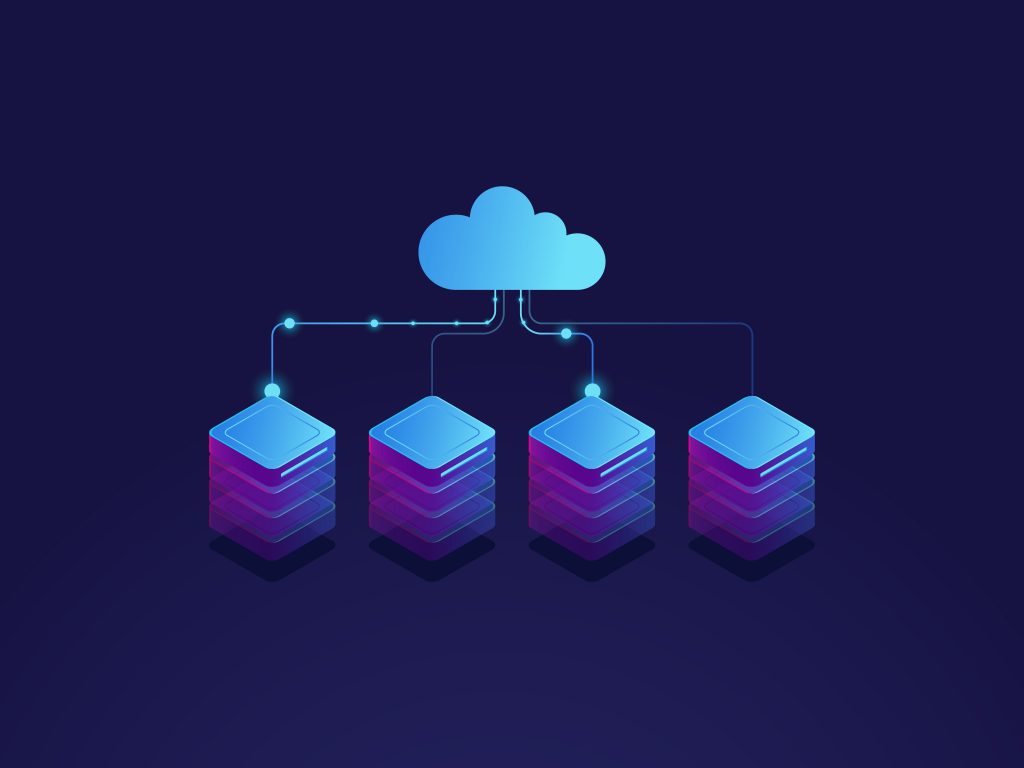
You have most likely had a conversation or two with your IT Company about on-premise (on-prem) and cloud servers and what’s best for your business. There are many factors to consider when making this decision but there really is no ‘one size fits all’ approach. It depends entirely on your business needs. We put together a list of some of the pros & cons of each to help you determine which option suits your business. If you would like to have a more in depth chat about this, reach out here.
What’s the Difference?
IT Infrastructure can be setup in two different ways. An on-premise server is a physical, on-site server that needs to be managed and maintained individually. A cloud server is newer technology and has been all the rage over the last few years. It is a virtual server hosted through cloud computing.
On-Prem Server
| Pros | Cons |
| Not reliant on an internet connection to access data. | Can be more prone to data loss during disaster situations |
| More cost-effective for small to mid-sized businesses in the long term. | Higher upfront costs for hardware and installation. Dedicated IT Support is also required. |
| Critical data is kept in house & you have more control over your security. | Requires space in your office for a server rack. |
Cloud Server
| Pros | Cons |
| Quicker setup & fewer maintenance expenses. Typically a monthly fee. | Dependent on internet connection. If there’s an outage on your or your cloud provider’s end, you won’t be able to access your data. |
| Frequent backups & restores that can be initiated from anywhere. | Full data recovery can be time-consuming, unless Datto is being used – in which case it will only takes minutes to recover. |
| More flexible option in terms of growth. Storage can be added on an “as needed basis”. | Regulatory laws may not allow certain types of data to be stored in the cloud (gov’t, financial, medical). It is dependant on what could encryption options are available with your provider. |
